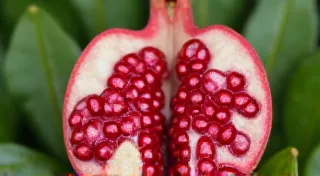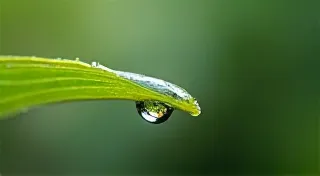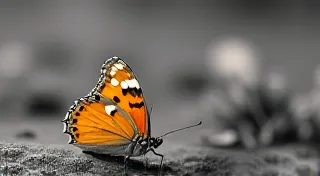Coral and Shadow: The Enigmatic Beauty of Botanical Colorization
The Victorian era possessed a particular reverence for the natural world. Not merely as a resource, but as a source of profound beauty, scientific inquiry, and spiritual connection. This manifested in meticulously illustrated botanical texts, detailed herbarium collections, and, of course, the burgeoning field of photography. While early photographic processes like albumen prints delivered stunningly sharp black and white images, a desire to capture not only form but also the vibrancy of life led to the emergence of hand-tinting techniques. These weren’t just about adding color; they were about imbuing the image with a soul, a breath of life drawn directly from the observed flora. It's a legacy that continues to fascinate and inspire, and one that reveals a deep well of artistry and meticulous craftsmanship.
My own fascination with this practice began unexpectedly. I inherited a collection of antique botanical prints from my grandmother, a woman I barely knew. Alongside the prints was a small, leather-bound sketchbook filled with faded notes and, tantalizingly, a few partially colorized examples. The colors weren’t bold or saturated; they were muted, subtle—almost spectral— yet they transformed the stark monochrome into something deeply evocative. The images weren't just pictures of flowers; they felt like captured moments, fragments of a long-lost garden, whispering secrets of a gentler time. It was then that I began to understand that hand-tinting was more than a technical process; it was an act of profound interpretation.
The Genesis of Color: Processes and Materials
The earliest attempts at colorizing photographs weren’t quite the hand-tinting we recognize today. Early efforts involved direct coloring using dyes on the negative itself, a risky and largely unsuccessful endeavor. The true blossoming of hand-tinting coincided with the rise of the albumen print, a process known for its exceptional detail and tonal range. The albumen print itself, created by coating paper with egg whites and light-sensitive chemicals, provided a perfect canvas for the delicate application of color.
The pigments themselves were primarily derived from natural sources. Cochineal (yielding brilliant reds and pinks), indigo (for blues and purples), turmeric (for yellows), and various plant extracts formed the core palette. These weren't readily available as finely ground pigments like those we use today. They were often processed and ground by the photographers themselves, a skill in itself! The consistency of these pigments, the way they reacted with the albumen surface, and the nuances of their application all influenced the final appearance of the colorized image. It was a tactile, intuitive process, reliant on the photographer’s eye and experience.
The technique most commonly employed was dry brush application, where a fine brush was dipped into diluted pigment and delicately brushed over the photographic surface. Another method involved applying washes of color, allowing the pigment to permeate the albumen layer. This created a softer, more diffused look. The choice of method depended on the desired effect, the type of flower being depicted, and the artistic temperament of the colorist.
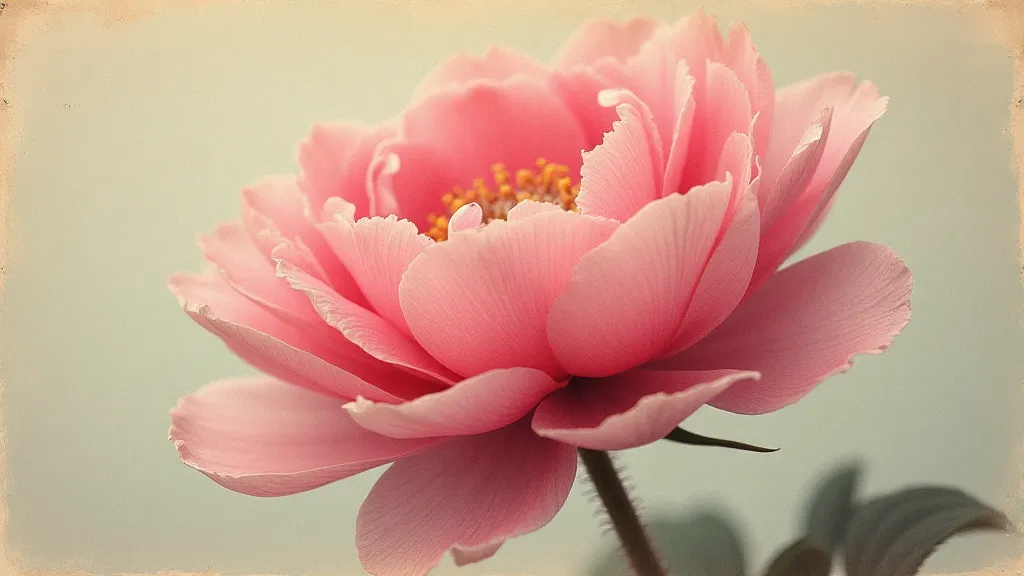
Aesthetic Choices: Beyond Replication
Crucially, Victorian hand-tinting wasn't about slavishly replicating the natural color of the flowers. While accuracy played a role, the colorist was also an artist, interpreting the subject and conveying a mood or emotion. A rose might be rendered in shades of lavender instead of crimson to evoke a sense of melancholy, or a sunflower might be depicted with a golden hue to suggest warmth and optimism. The subtle use of shadows and highlights was vital. The artist carefully considered how color impacted the perception of form and depth. Often, the colorist would use complementary colors to create a sense of vibrancy and contrast.
Consider the common practice of employing a "localised" approach. Instead of uniformly coloring an entire flower, the colorist would focus on specific areas – a single petal, the tips of stamens, or the shadows within the bloom. This selectivity heightened the realism, drawing the viewer's eye to the most important details while leaving other areas in monochrome, creating a delicate interplay of color and shadow.
The Artisans: Colorists and Their Legacy
While many Victorian photographers dabbled in hand-tinting, a small number of individuals became renowned for their skill. These weren't always the primary photographers; sometimes they were apprentices or dedicated colorists working within the studio. Their names, often lost to history, represent a generation of dedicated artisans who brought a unique blend of technical expertise and artistic sensibility to their craft.
Imagine the quiet solitude of the colorist’s workspace – a dimly lit corner of the photography studio, filled with the scent of pigments and the gentle rustle of brushes. The meticulousness required was immense. A single mistake could ruin the print, necessitating a laborious start over. This dedication fostered a level of craftsmanship rarely seen in contemporary image-making.
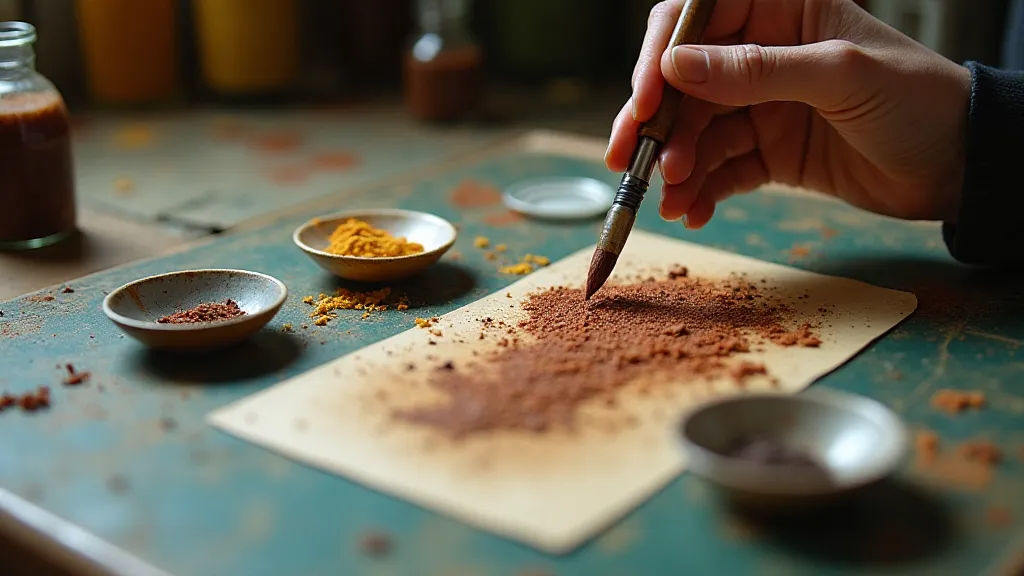
Restoration and Collecting: Preserving a Lost Art
Today, hand-tinted Victorian photographs are highly sought after by collectors and researchers alike. Their rarity, coupled with the inherent beauty of the images and the historical insight they provide, makes them invaluable artifacts of a bygone era. However, these delicate prints are also incredibly fragile, susceptible to fading, discoloration, and physical damage.
Restoration is a complex and challenging endeavor, requiring a deep understanding of the original materials and techniques. It's a process of careful cleaning, stabilization, and, in some cases, meticulous retouching to repair damage. Crucially, the goal of restoration is not to recreate the original vibrancy of the colors (which is often impossible) but to preserve the integrity of the image and prevent further deterioration.
For those interested in collecting, a few key things to look for are the quality of the albumen print itself – its sharpness, tonal range, and overall condition – and the skill of the colorist. Look for subtle gradations of color, a realistic portrayal of form, and a sense of artistic intention. Research the studio or photographer associated with the print, as this can provide valuable context and insight into its history.
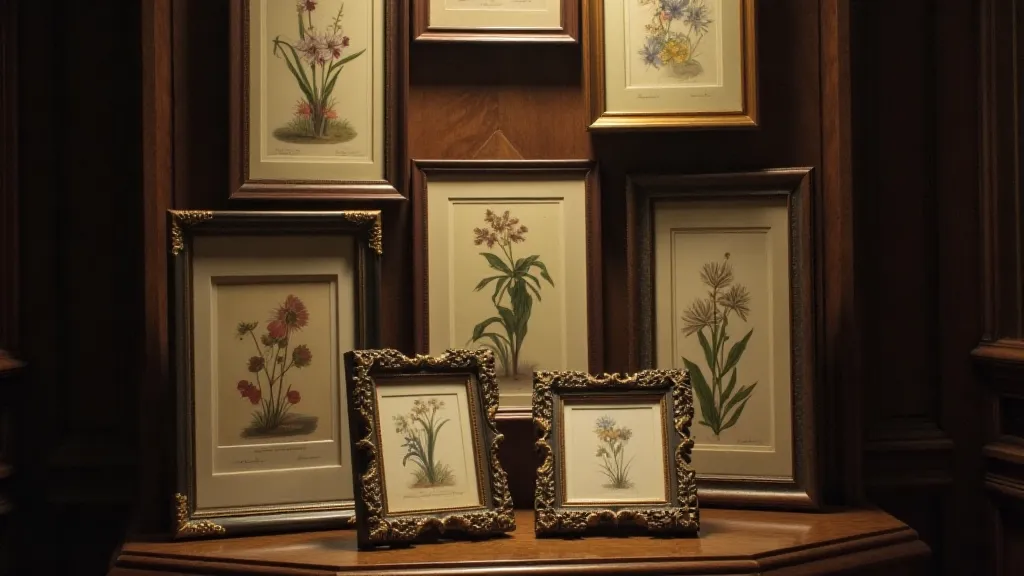
The Enduring Appeal
The practice of hand-tinting Victorian photographs may seem archaic in our digital age, but it represents something timeless – the desire to capture beauty, to infuse images with meaning, and to connect with the natural world in a tangible way. The coral and shadow of those botanical colorizations remain, not merely as images, but as whispers of a forgotten craft, a testament to the enduring power of human artistry, and a profound reflection of a world held in both reverence and love. They offer a window into the Victorian era, reminding us of a time when photography was not just a science, but an art form, a labor of love, and a deeply personal expression.


